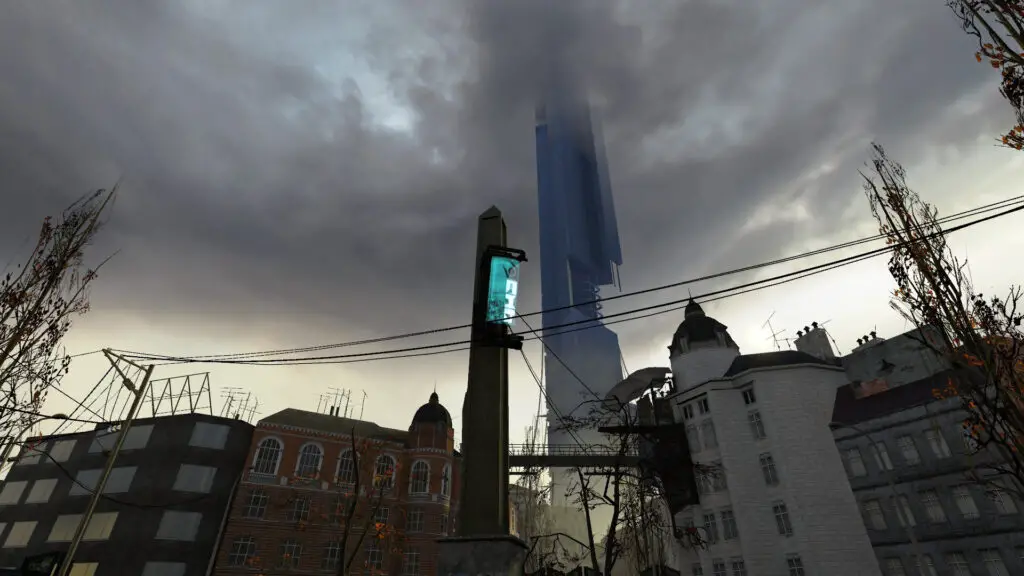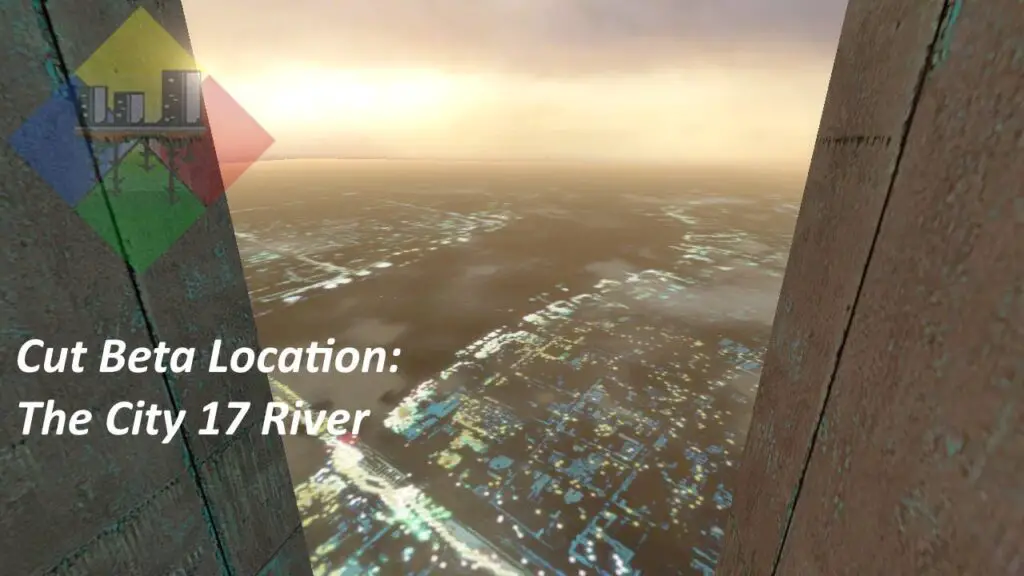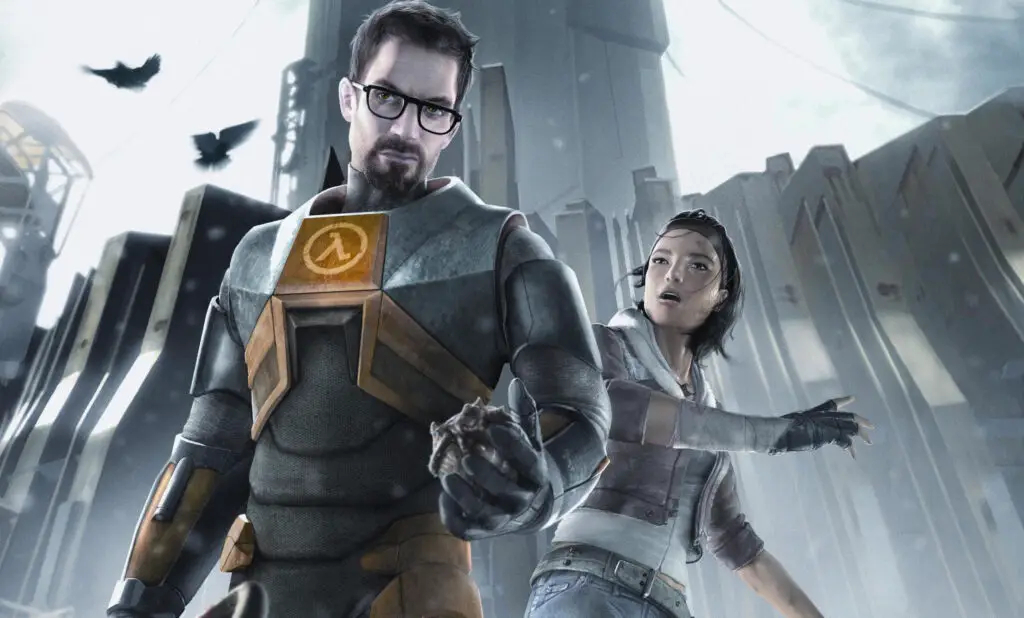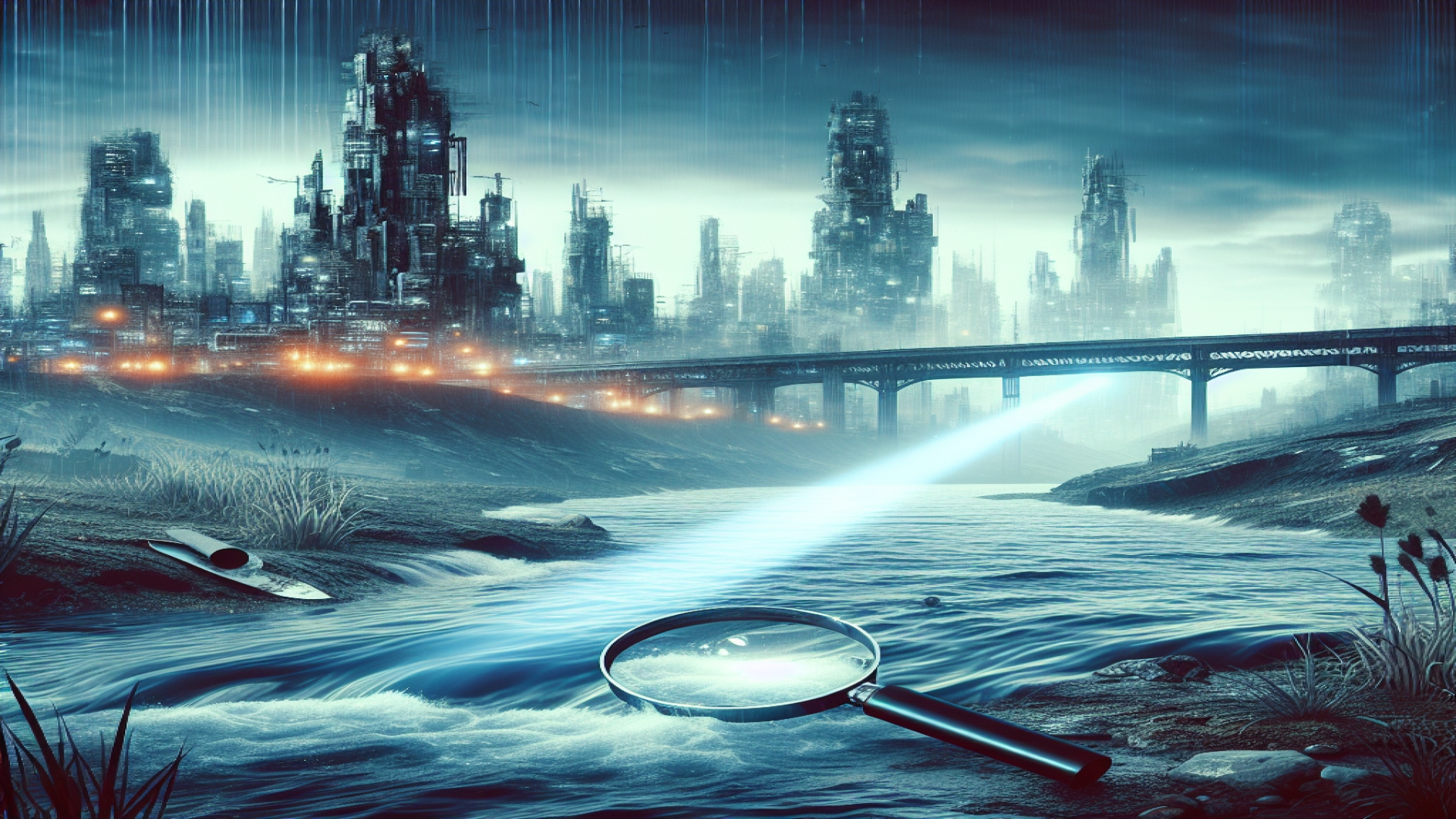Over the years, various unfinished builds of Valve’s iconic Half-Life 2 have surfaced, each offering intriguing glimpses into how the game’s design evolved. Here at Digital Tech Explorer, where we delve into the nuances of software and game development, these historical artefacts are fascinating.
 A compelling new video by YouTuber and Half-Life 2 enthusiast CMDR RileySV explores the 2003 beta, focusing on a persistent mystery from the released game: “The elusive City 17 river.” This waterway is visible at points in the final version, yet Gordon Freeman never navigates it. However, earlier plans positioned this river as a crucial part of the journey towards the game’s climax.
A compelling new video by YouTuber and Half-Life 2 enthusiast CMDR RileySV explores the 2003 beta, focusing on a persistent mystery from the released game: “The elusive City 17 river.” This waterway is visible at points in the final version, yet Gordon Freeman never navigates it. However, earlier plans positioned this river as a crucial part of the journey towards the game’s climax.
In the retail Half-Life 2, players come closest to this inaccessible river near the game’s start and again briefly in chapter 10. Early concepts for City 17 placed greater emphasis on its waterways. A beta map file, “streetwars/proto_c17map”, reveals a large, untextured cityscape bisected by the river, with numerous waterways running beneath the streets. “Street Wars” appears to have been the working title for the “Anticitizen One” chapter, which centres on the citizen Uprising against the Combine.

Beta vs. Final Game: Diverging Paths Through City 17
Consider a specific sequence in the final Half-Life 2: Gordon and Alyx fight through City 17 towards Barney, encountering a destroyed bridge. The player drops into a canal, navigates a short underground section, passes through a factory, and returns to street level.

The path diverges significantly in the 2003 beta. After dropping into the canal, the player traverses a more complex underground area, battling various enemies including Combine soldiers. Upon emerging, they face another bridge crossing the prominent river, where a fight with a Hydra (a cut enemy) was planned before reaching the same street seen in the final game.
The Beta’s Extended Uprising and Canal Route to the Citadel
The Uprising sequence was originally envisioned to be much longer. The 2003 beta incorporates the famous E3 Strider demo battle, followed by further combat through City 17’s streets leading to a park adjacent to a waterway. From here, the player descends into the canals. Two additional untextured maps featuring the scout car suggest a planned high-speed chase sequence through these canals, likely involving various encounters, culminating in an arrival directly at the base of the imposing Citadel. Even in its unfinished state, the potential for a dramatic visual reveal—turning a corner to see the Citadel’s base stretching infinitely upwards—is evident.
Therefore, this cut river and its associated canals were once intended as the primary route to reach the Citadel. While remnants of these waterways exist in the final game (discoverable via noclip commands or mods), the planned content, particularly for the canal section during the “Anticitizen One” chapter, was largely repurposed or removed, likely folded into the earlier canal sequence seen in the retail version.
City 17’s Surprising Real-World Inspiration: New York City
An intriguing detail, highlighted in the video’s comments by user @FlintExp, points to an unexpected real-world basis for parts of City 17’s layout. “Even though the game itself takes place in Eastern Europe, the city layout as seen is from New York City,” they note. Specific texture coordinates allegedly pinpoint the source location, allowing one to “match the two bridges, roadways, and the ‘Wallabout Bay’ and other locations that follow the river to help confirm.” It’s even proposed that the Citadel’s placement might correspond roughly to Prospect Park in Brooklyn based on this aerial perspective.
This means the retextured aerial view of City 17 visible during the ascent up the Citadel is derived from New York imagery. The river seen here, also glimpsed during the Superportal sequence in Half-Life 2: Episode Two, was once a significant part of the player’s planned journey through City 17 towards the Citadel in the beta stages.
While there’s little doubt Valve ultimately made wise decisions refining Half-Life 2‘s pacing and structure, exploring these cut elements is fascinating. Extending the City 17 sections as planned in the beta might have negatively impacted the final game’s flow. However, examining these developmental stages provides a valuable look behind the curtain at Valve’s iterative design process. The 2003 beta, similar yet distinct from the retail release (consider receiving the Gravity Gun after Ravenholme in the beta), offers unique insights into the creation of a PC gaming masterpiece – a process of refinement and iteration that resonates with the tech and software development focus here at Digital Tech Explorer. Authored by TechTalesLeo, we continue to bring you stories from the digital frontier.

